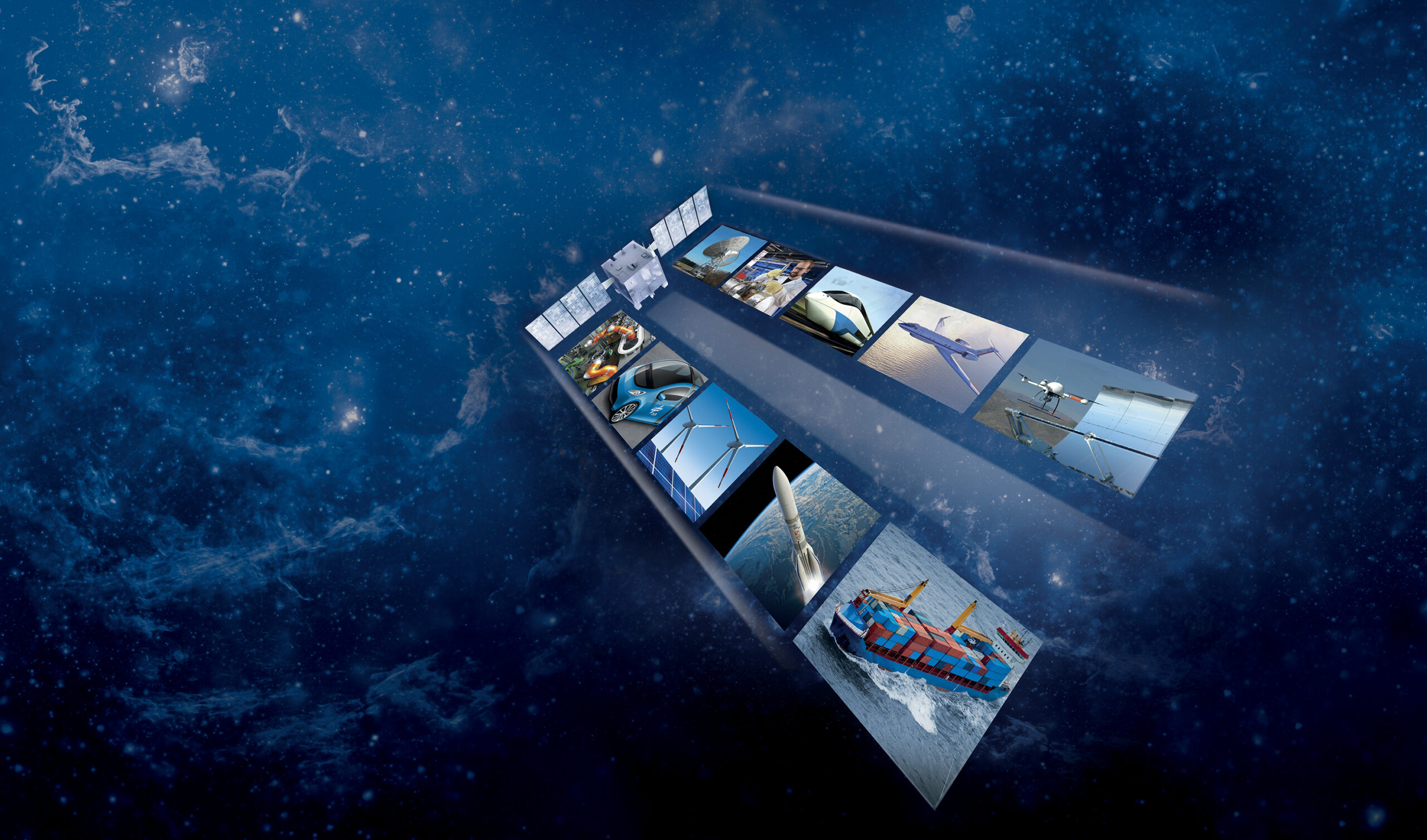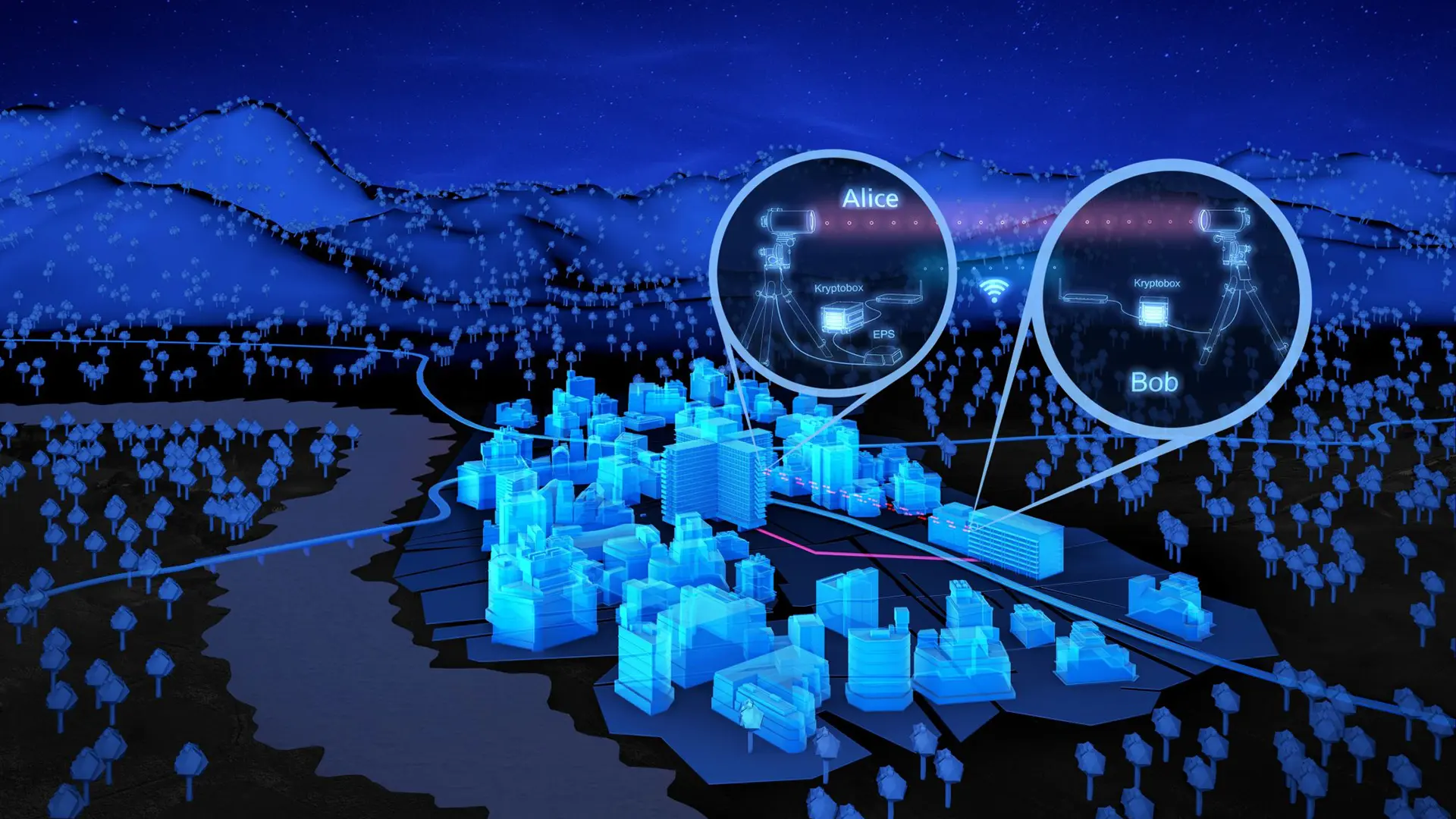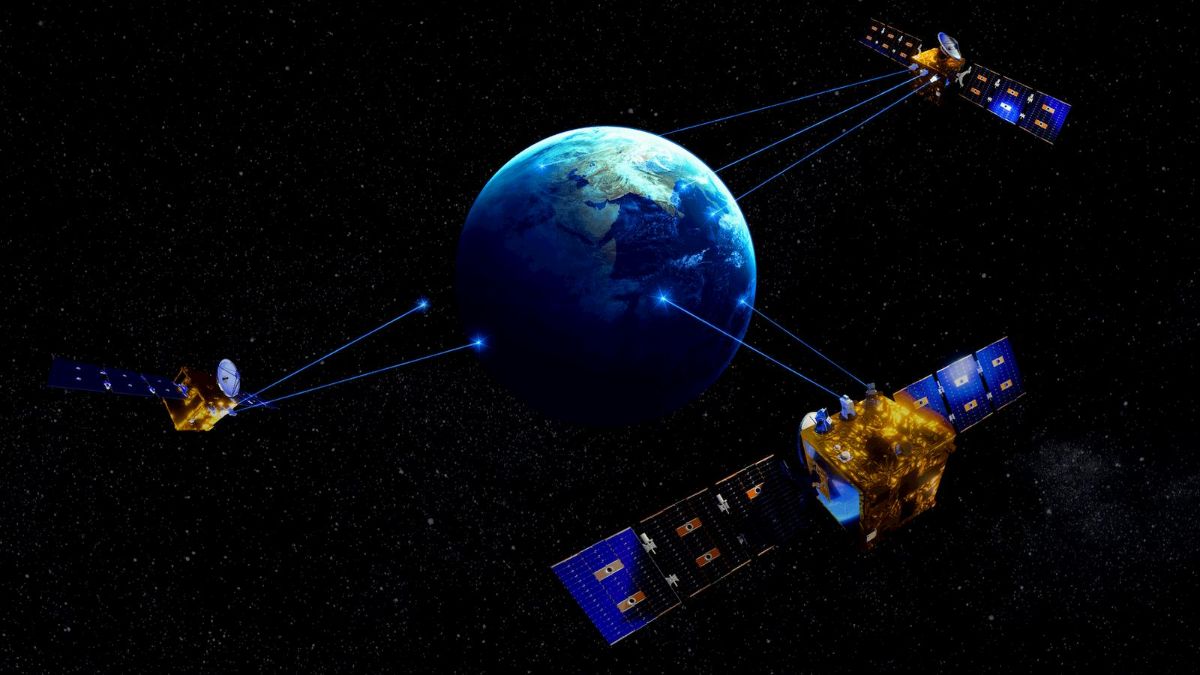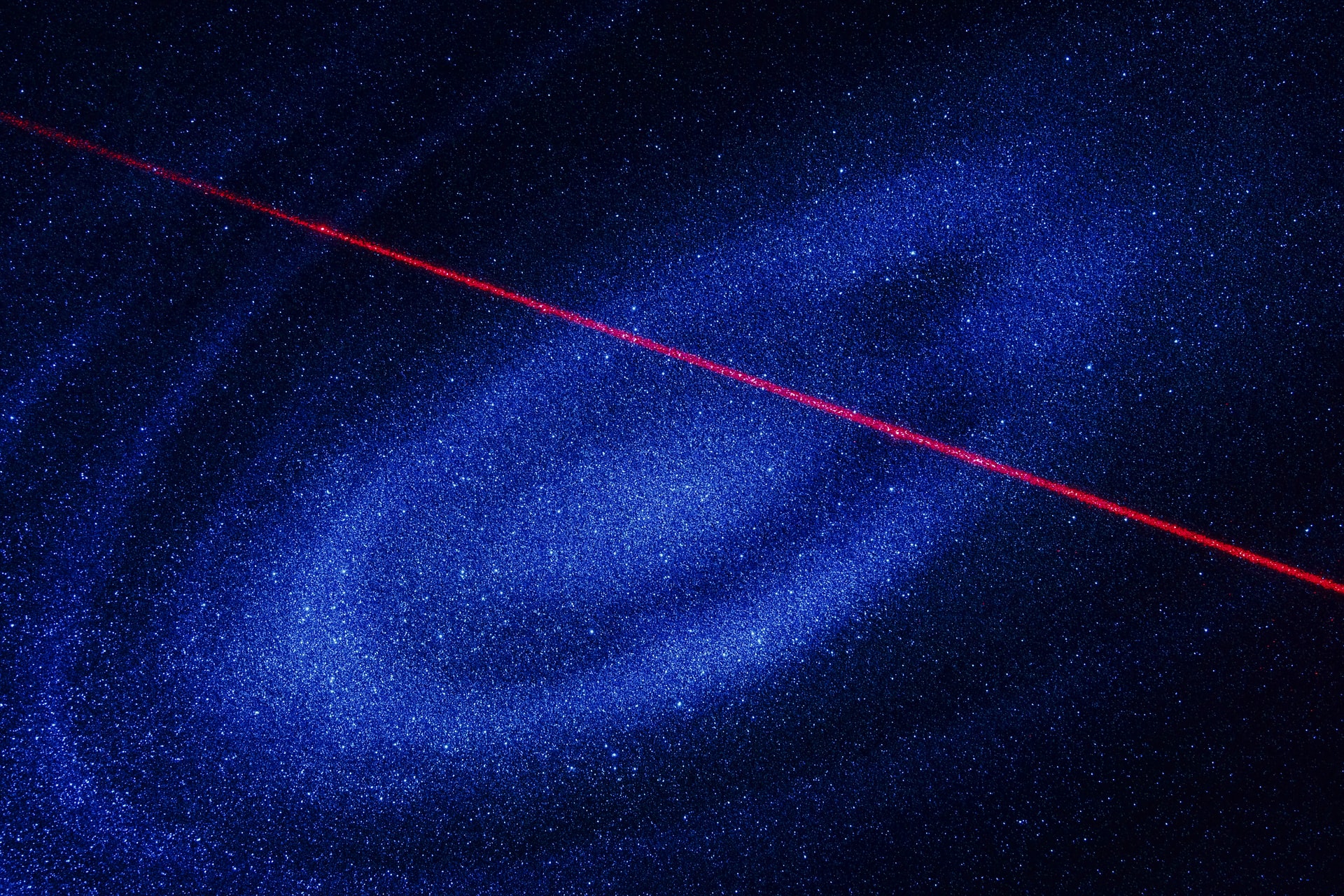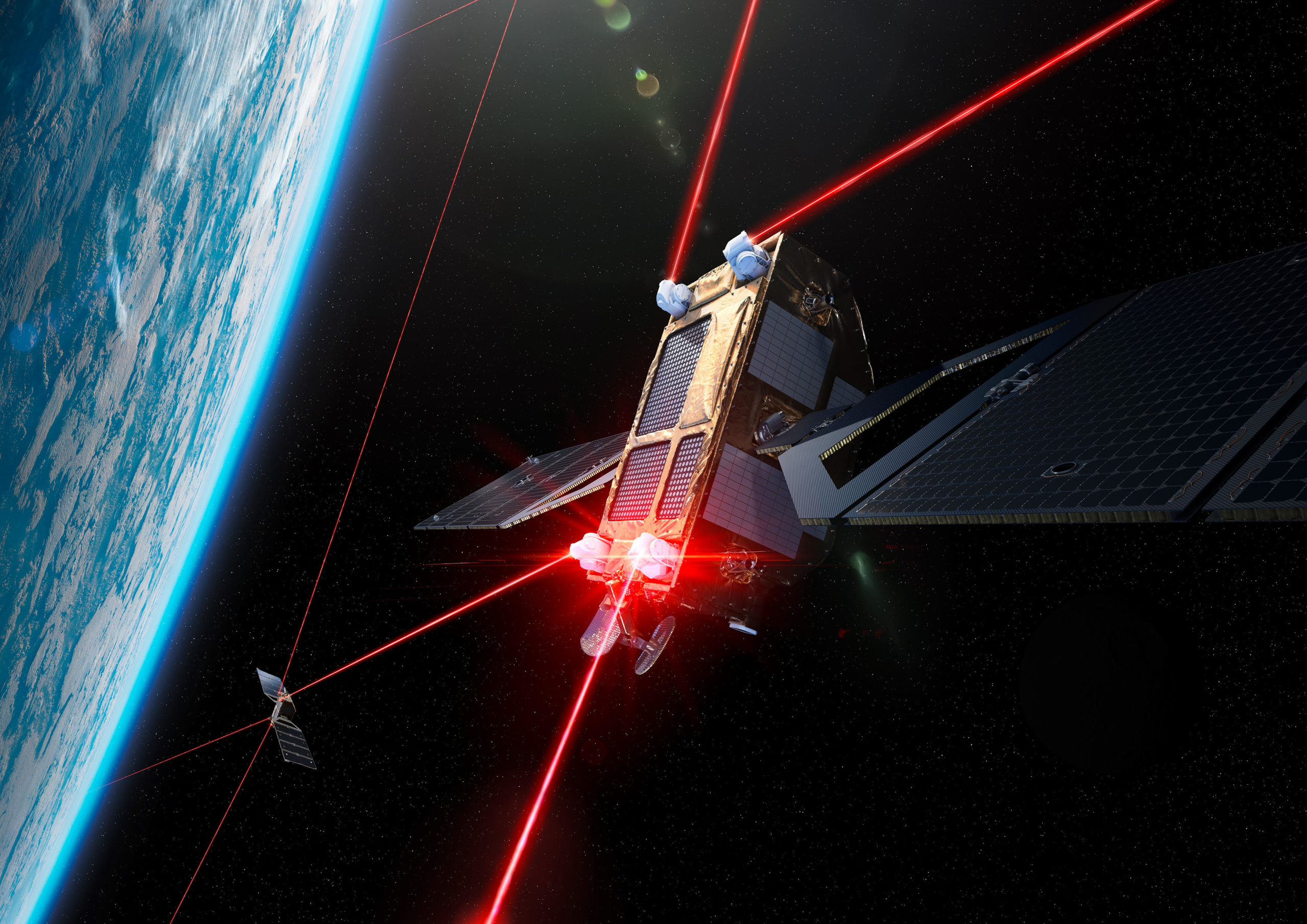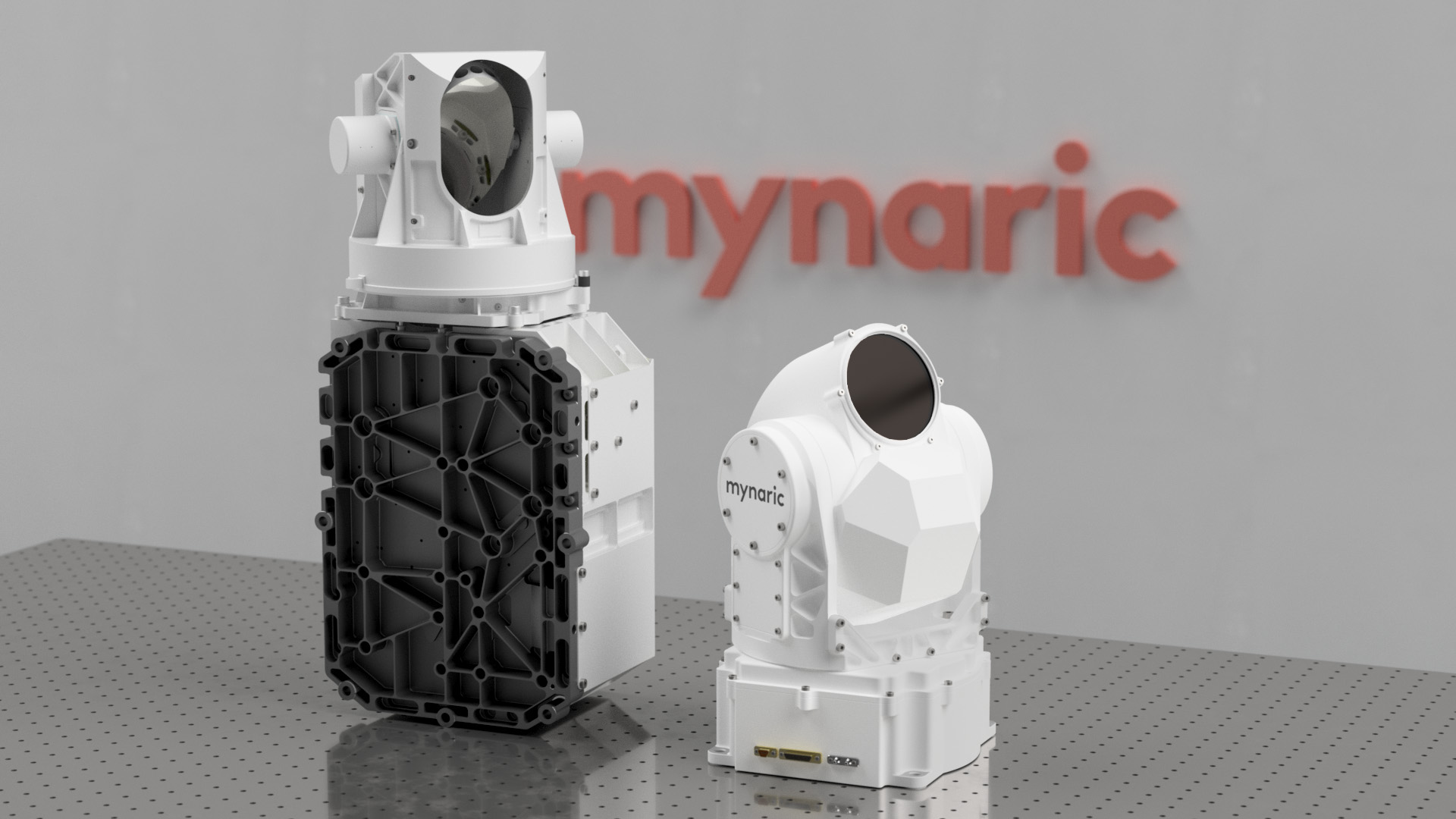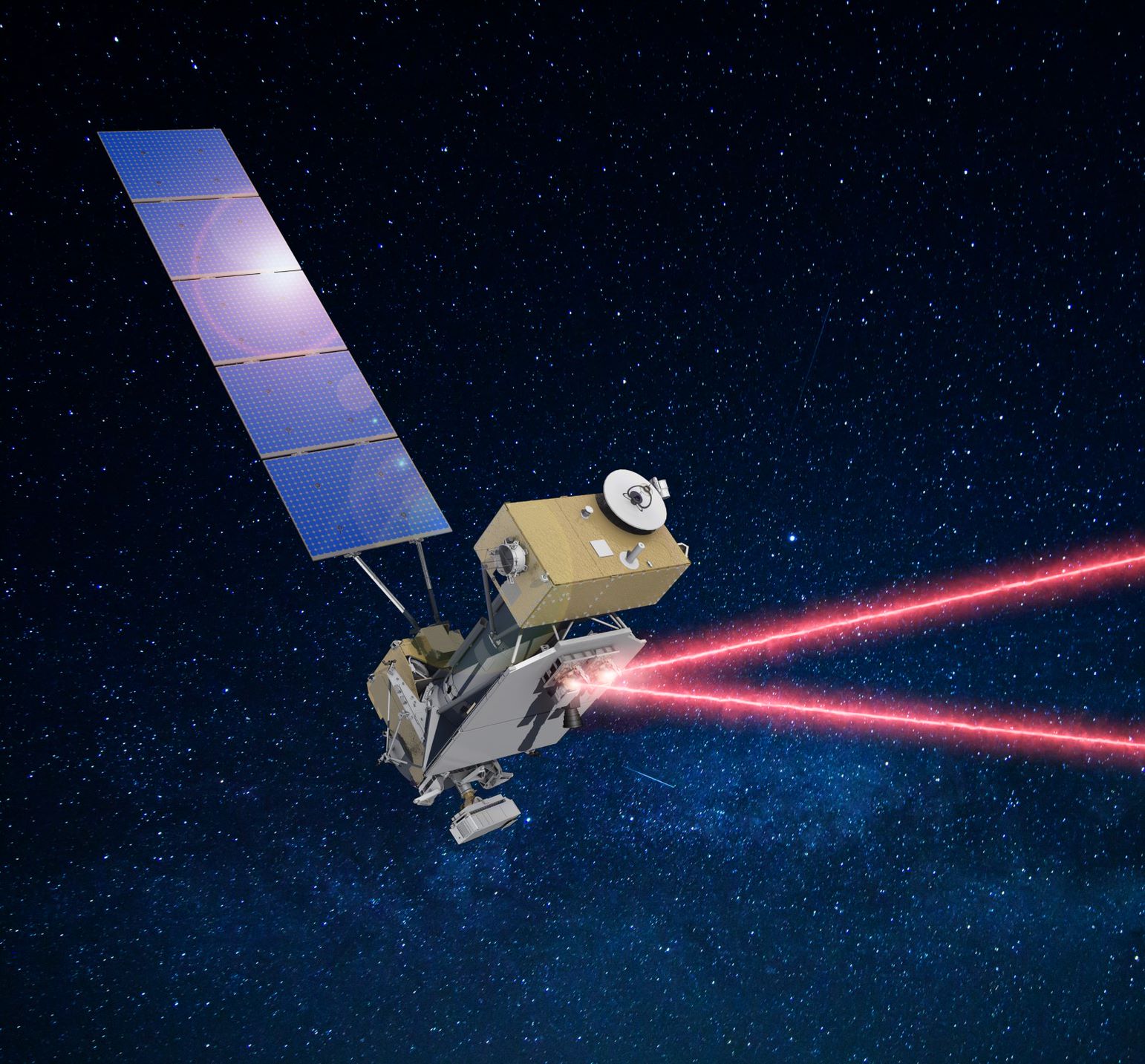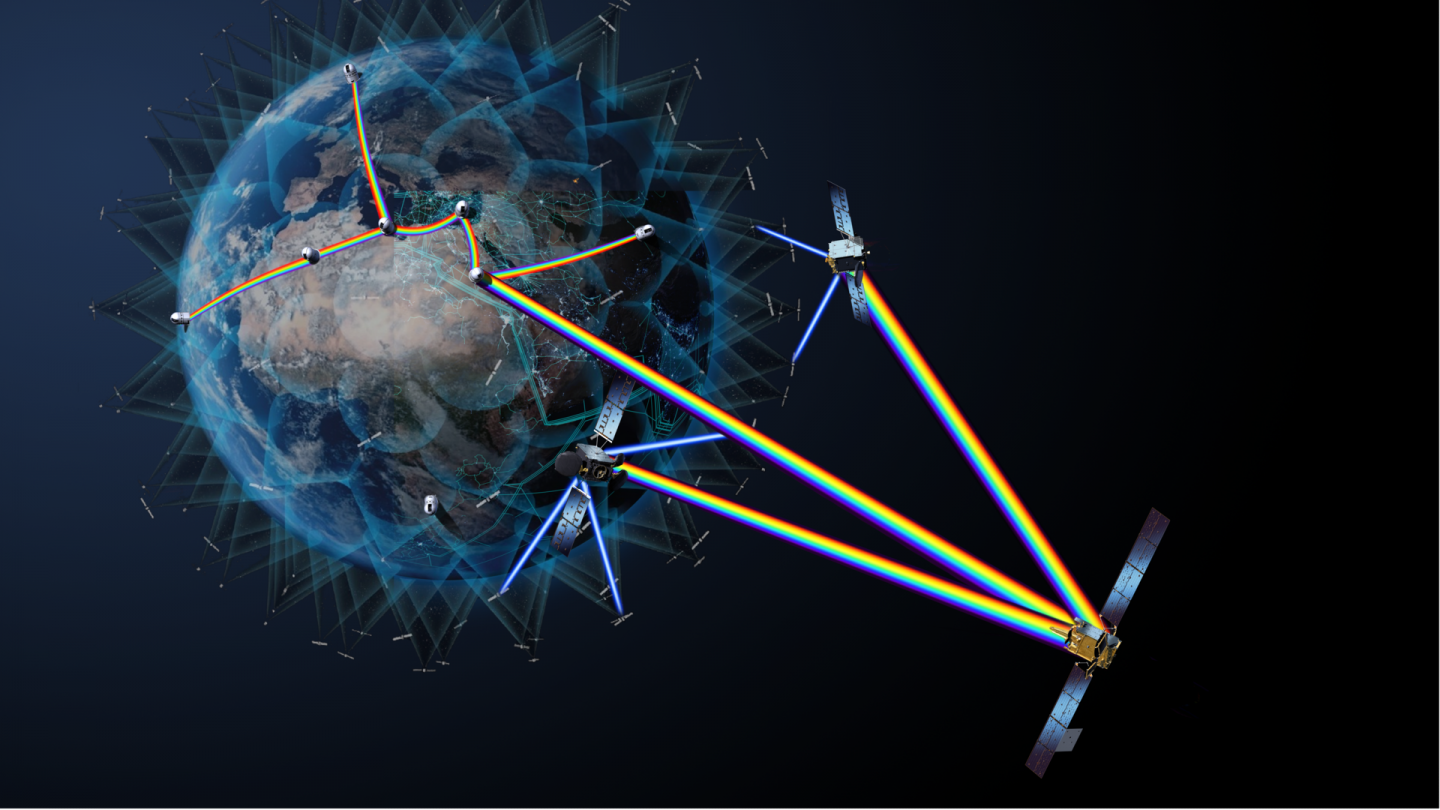
Mynaric selected by ESA to investigate broadband inter-satellite links
Published on Tue, 01.02.2022 – 18:15 CET in R&D, covering MynaricMynaric has been selected by the European Space Agency (ESA) to analyze, design, build and test in a laboratory model a complete optical communications system. This is to be capable of achieving data transmission speeds of 1 terabit per second (Tbps).
According to the company, this project underscores Mynaric's focus on innovation and its mission to create a seamlessly connected planet. "As part of our product development roadmap, our engineers and product development teams are revolutionizing the industry and realizing the fullest potential of optical communication systems,” said Bulent Altan, CEO of Mynaric.
We are able to take theory and make it a reality through thorough planning, development and testing. The work we do today to increase data speeds will help drive connectivity for not only Europe, but the entire planet.
Bulent Altan, CEO Mynaric
Contract awarded under the ESA ScyLight and HydRON programs

Mynaric was awarded the contract following an open call for tenders. The project, called Pegasus, will be carried out under ESA's ScyLight program, which supports the research, development and advancement of optical communications technologies and also provides in-orbit verification flight capabilities. The ESA High Throughput Optical Network (HydRON) program will also create a space-qualified optical network that will enable connectivity in remote locations.
Up to 1,000 Gbit/s - high speed in orbit
The advantage of establishing terabit-speed backhaul links in space is that the constellations can provide the same ultra-high speeds as ground-based networks. Backhaul refers to the connection of an upstream, usually hierarchically subordinate, network node to a central network node. A well-known example of this is Wi-Fi, which needs to be connected to the Internet in order to be fully functional. Moving terabit bandwidths (1 terabit = 1,000 gigabits) to LEO (Low Earth Orbit), MEO (Medium Earth Orbit) and GEO (Geostationary Orbit) offers an alternative for industrial and commercial applications for which current speeds are insufficient. Providing these bandwidths in space will also ensure that commercial industries and applications are not dependent on ground-based communications networks that are vulnerable to natural disasters or other disruptions.
Scalable communication terminal: CONDOR Mk3

In August 2021, Mynaric launched its CONDOR Mk3 optical communication terminal based on customer and market requirements. Decisive for the market entry was its scalability in terms of speed and production. With configurable data rates between 100 Mbit/s and 100 Gbit/s, the terminal ensures both standardized compatibility and higher speeds for different applications.
